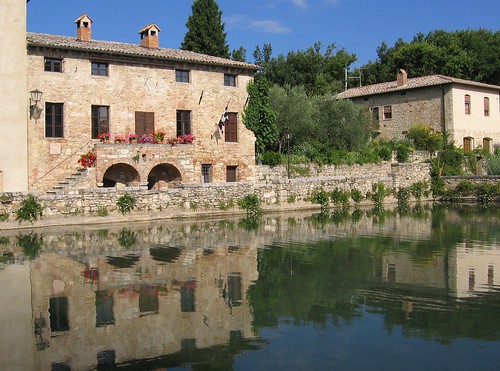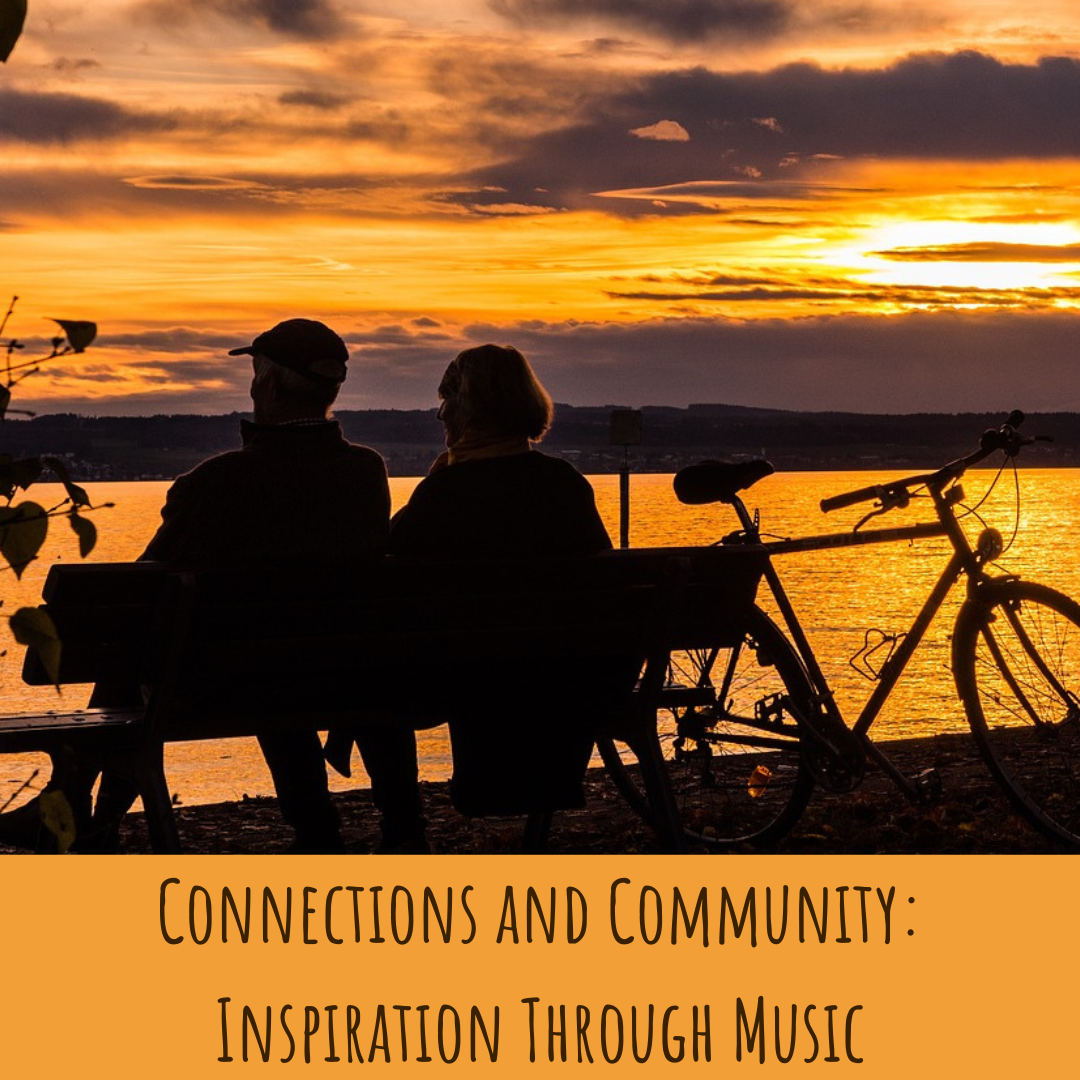Uncovering Lesser-known Historic Sites on Italy’s Pilgrimage Route
The Via Francigena (fran-CHEE-jee-nah) is a pilgrimage route from the Middle Ages that starts in England and crosses France and Switzerland before entering Italy at the Gran San Bernardo Pass. Less known than the Spanish pilgrimage route, the Via Francigena was revived in the 1990s and is becoming more traversed each year.
In 2009, after a divorce and a traumatic illness, I undertook a solo pilgrimage on the Via Francigena, inspired by a desire to purge emotional demons and achieve more of a heart-mind-body connection.
Early on in my walk I crossed the Apennines, leaving the region of Emilia-Romagna and entering Tuscany. I learned that as well as walking on trails in woods, and tractor tracks through farmers’ fields, I also had to walk at the edge of highways.
The bulk of my time was in the regions of Tuscany and Lazio. In these regions, the route passes through prominent towns such as San Gimignano, Siena, Viterbo, and ends in the world-renowned city of Rome. As is typical in Italy, even the small, not well-known towns I visited were replete with sites of historic interest.

Here are four towns on the route, perhaps less familiar to tourists, that contain historic sites worth discovering.
The Stele Statues of Pontremoli
The northern Tuscan town of Pontremoli sits at the base of the Apennines on the Magra River. Pontremoli’s castle, Castello di Piagnaro, was an important defense of the Via Francigena in the Middle Ages, and now it houses a museum with mysterious cargo: the Stele Statues.
The stele are stone images found in the region, dating mostly from the bronze age. These highly unusual male and female figures from an unknown civilization appear almost like aliens with their geometric shapes. They are 8 to 15 inches high, with bodies of rectangular slabs with a head, and usually arms are represented. They were found in burial areas and remain an enigma from the dawn of time.
The museum was recently renovated and re-opened in 2015, providing a large and more attractive space for these evocative statues. Climb on the ramparts after visiting the museum for good views of the town. Pontremoli itself is an attractive medieval town and a gateway to exploring this lesser-known area of Tuscany.
The baths of Bagno Vignoni
This small southern Tuscan town is the only place in Italy where the main piazza is a pool of steamy water.
While the Etruscans may have known of the thermal waters at Bagno Vignoni, it was the Romans—great connoisseurs of hot springs—who developed this as a spa town. When the Western Roman Empire fell apart, Bagno Vignoni fell with it, but the town perked up again when pilgrims began to come through on Via Francigena, stopping to rest in the hot, healing water.
By the Renaissance, the Medici had constructed a large pool at the center of the town where the thermal waters bubbled up. Lorenzo de' Medici visited Bagno Vignoni frequently, attempting to cure his gout.
The rectangle of water in place of a piazza makes for an evocative sight in winter when the hot steam rising from it contrasts with the cold air. It equally appeals in summer when the homes around the water are bright with flower boxes and warm sunny stone.
In the Bagno Vignoni of today, visitors can find spa-resorts for relaxing in the thermal waters, but let’s not forget those pilgrims of the Middle Ages who restored their aches here and brought the town to life again.

The Church of Santa Cristina in Bolsena
In the region of Lazio, near the shores of Lake Bolsena, is the charming town of Bolsena. Here, the lovely and ancient Church of Santa Cristina is noted for miracles.
In an evocative grotto in the oldest part of this church, the Eucharistic Miracle of 1263 is said to have taken place. This story tells of a medieval priest who walked the Via Francigena and struggled with his faith. He stopped in Bolsena to pray at Saint Cristina’s tomb. As he prayed, blood flowed from the host, a miracle that caused Bolsena to become an important place of pilgrimage in its own right, in addition to being on the Via Francigena.
The church is named for another miracle—for a girl called Cristina who lived in the third century AD, who converted to Christianity at age 12 and was then persecuted for it. She survived being tied to an iron wheel with a fire beneath it and then survived being thrown into Lake Bolsena with a stone around her neck. The altar in the grotto displays, apparently, that same stone.
The church is actually composed of three churches each from a different era. Underneath it are fascinating catacombs which can be visited for a four euro fee.
It’s worth seeking out Bolsena’s charms which are a world away from the typical tourist circuit.

The Etruscan archeology of Sutri
The town of Sutri in northern Lazio is built on a tufaceous cliff and was one of the last strongholds of the Etruscans—a pre-Roman civilization from which the Romans derived some of their cultural and artistic traditions.
In Sutri is an ancient amphitheater, older than the Coliseum in Rome. It could be a Roman creation but it may be Etruscan—perhaps the inspiration for the coliseums the Romans later built. Instead of being constructed with stones, it was carved from the tufa rock cliffs. In addition to this evocative amphitheater, are sixty-four Etruscan tombs and a Mithraeum— a grotto-temple carved into the rock that once was dedicated to the god Mithras. By the Middle Ages, it was converted to a church and it contains remarkable frescoes.
Sutri is utterly removed from the crowds of Rome and is a place where the pulse of the ancient Etruscans can be felt.
My favorite part of the experience was toward the end, when I spent extra time with nuns as they sang “Ave Maria” for afternoon prayers in the towns of Bolsena and Sutri where convents host pilgrims. With them, I experienced a surrendering kind of peace that I’d not felt before. Someone said, “on the journey to progress we lost our soul.” On the Via Francigena, slowing down to a preindustrial pace allowed me to listen to, and connect with, myself and others in a deeper way and the gifts of that time continue to flourish in my life.

A world traveler, photographer, writer and historian, Chandi Wyant has lived in Qatar, India, Italy, Switzerland, and England, and has been returning to Italy with unremitting passion since she first lived there at age twenty. She holds a Masters degree in Florentine Renaissance history and is the former head of Sogni Italiani, an events planning firm specializing in weddings, vow renewals, and honeymoons in Italy. The manuscript of her memoir, Return to Glow (to be released April 2, 2017), won third place in the 2015 National Association of Memoir contest.
When she’s not dreaming in Italian, she can be found teaching history and writing about travel for the Huffington Post and her blog, Paradise of Exiles.
All photos courtesy and copyright Chandi Wyant
-

- Log in to post comments



















